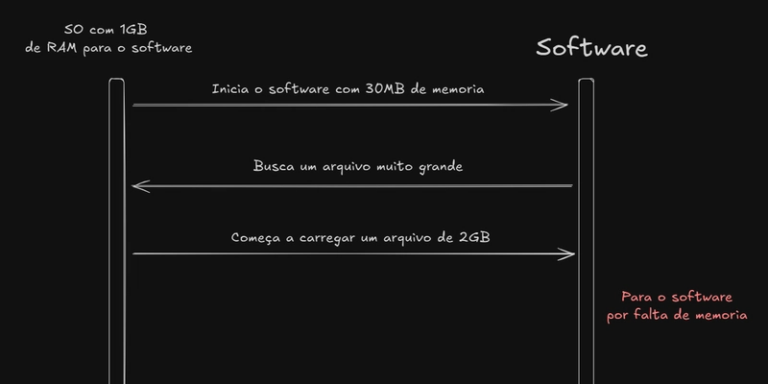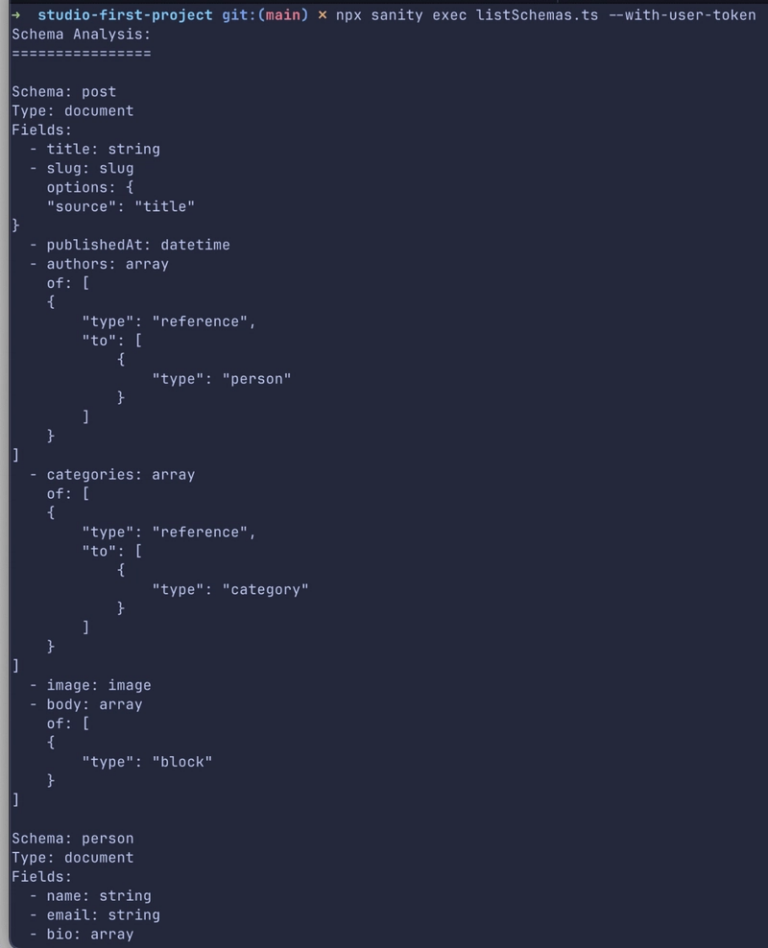What is a Large Language Model (LLM)
Large Language Models (LLMs): What They Are and Why They Matter
If you’ve used ChatGPT, typed into Google Search, or even played with AI-powered image generators, you’ve already brushed shoulders with something called a Large Language Model (LLM). Sounds fancy, right? But at its core, an LLM is simply a type of artificial intelligence trained to understand and generate human-like text.
Think of it like this: an LLM is a supercharged autocomplete. Just like when your phone guesses the next word in your text message, an LLM predicts what comes next in a sentence. The big difference? Instead of being trained on a few messages, it’s been trained on massive amounts of text—from books, articles, websites, and more—so it can carry on conversations, answer questions, summarize documents, or even write poems and code.
How LLMs Work (Without the Tech Jargon)
Imagine you’ve read every book in your local library. Over time, you’d start noticing patterns—how stories are structured, what words often go together, how different writers explain ideas. That’s pretty much what an LLM does, but at an internet scale.
Instead of memorizing every single page, the model learns the patterns of language. That’s why it can generate a Shakespeare-style sonnet or explain quantum physics in plain English, depending on what you ask.
Real-World Examples You’ll Recognize
Customer support bots: Ever chatted with a help bot that actually gave you a useful answer instead of “please hold”? That’s often an LLM at work.
Email drafting: Tools like Gmail’s “Smart Compose” use LLM tech to guess what you’re about to type.
Education: Students use LLMs to get study help—like asking, “Explain photosynthesis to me like I’m 10.”
Coding: Developers use models like GitHub Copilot to write chunks of code faster, almost like pair-programming with a tireless teammate.
Creative writing: Writers use LLMs as brainstorming partners, bouncing off ideas for stories, blog posts, or even song lyrics.
The Human Side: Why People Care
What makes LLMs powerful isn’t just their ability to spit out words—it’s how they save time, spark creativity, and make complex things easier to grasp. Instead of spending an hour writing a report, you might draft one in ten minutes with AI help and then fine-tune it. Instead of struggling to learn a new concept, you can have it explained in simple terms, step by step.
Of course, they’re not perfect. Sometimes they “hallucinate” (make up facts) or produce answers that sound confident but are flat-out wrong. That’s why they’re best used as assistants, not replacements for human judgment.
Where It’s All Headed
-
LLMs are still evolving fast. We’re seeing models that don’t just handle text but also images, audio, and even video. The future isn’t just about chatting with AI—it’s about AI becoming a tool you can collaborate with in almost any task.
-
But here’s the key thing to remember: LLMs don’t “think” like us. They don’t have beliefs, opinions, or feelings. They’re pattern machines—powerful ones—that work best when guided by human goals and values.
Conclusion
Large Language Models aren’t science fiction anymore—they’re everyday tools. Whether you’re asking Siri to set a timer, having ChatGPT explain a tricky subject, or using AI to boost productivity at work, you’re seeing them in action.
The real trick isn’t just knowing that LLMs exist. It’s learning how to use them well: asking the right questions, checking their answers, and treating them like the powerful assistants they are.
Happy Reading!! ❤️ 🦄


